Beating blackjack is a lot easier then you might think. With a little practice and some patience anyone can beat the game of blackjack.
First you need to learn how to count cards, don’t worry this is very easy to do! Any card 2-6 you give a value of +1, 7-9’s have a value of 0 and 10-A’s you give a value of -1. Low valued cards (2-6) are good for the house, high valued cards 10-A are good for you the player and 7-9 is pretty much neutral.
How card counting works is, while the dealer is dealing look at every card that gets dealt and in your mind start adding a subtracting your 1’s and -1’s. The easiest way to do this quickly is to really pay attention to the second card that is dealt out to everyone, if there is a 10 and a 3 they cancel each other out and the total is 0. Example: Lets say that seat #1 has 2 and 7, seat #2 has J and 4, seat #3 has 10 and 8, seat #4 has 3 and 4 and the dealer and a Q showing. What is the count? Seat #1 has +1, seat #2 has 0, seat #3 has -1, seat #4 has 2 and the dealer has -1. The running count is +1.
The higher the running count or the further in the “+” values the more you should bet because the game has shifted your way. Remember the more 10’s-A’s in the deck the better odds you will win, the more 2’s-6’s in the deck the odds shift to the house. So if the running count starts to reach 10 or more than you need to start adjusting your bet, bet more per hand.
Your betting unit should be at most 1/1000 of your bankroll.
Your bankroll is how much money you are willing to lose without going crazy.
For each session your cash on hand should be at least thirty-two betting units. Example: If you want to bet $10 a hand, you should bring as least $320.
If you lose half your bankroll, then drop your betting units by half.
If you win half your bankroll (total $480) then raise your betting units 1 ½ times (to $25).
By constantly adjusting your betting unit, you will never go broke, and your bankroll will increase in the long run.
Your maximum bet should be at least 4 times your betting unit. For example, your maximum be would be $40.
Never bet more than ¼ of the money on you, on one round, because you want to have enough money to split and double down if the option becomes available.
Keep a Running Count.
Approximate the number of decks remaining.
Divide the Running Count by the number of decks remaining; this is called the True Count. If your Running Count is 8 and there is 2 decks left, then your True Count is 4.
Subtract 1 from the True Count to determine how many units to bet. In this example you will bet 3 units; multiply the number of units to bet (3 in this example) by your betting unit ($10), you will bet $30 on this hand.
Play two hands and bet that amount ($30) per hand; if you are the only player at the table, or you can only play one hand, bet 25% more on one hand.
If your running count is less than 0, bet as little as you can without drawing too much attention to your bet, sit out if you can.
If you take some time and practice these strategies before you sit down at that Blackjack table in the casino you will walk away a winner. Practice at home with your friends and family. Take a deck of cards and practice counting; if you count out a whole deck you should have 0 when you are done. Try it, its great practice. Good luck and have fun!
By Chris Koenig
Check out my Blog.

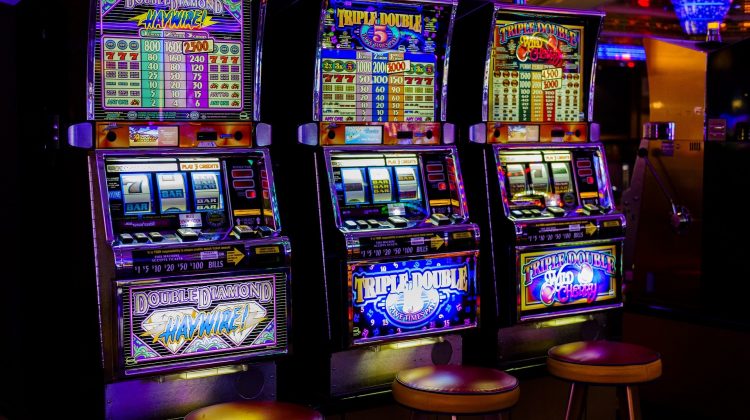
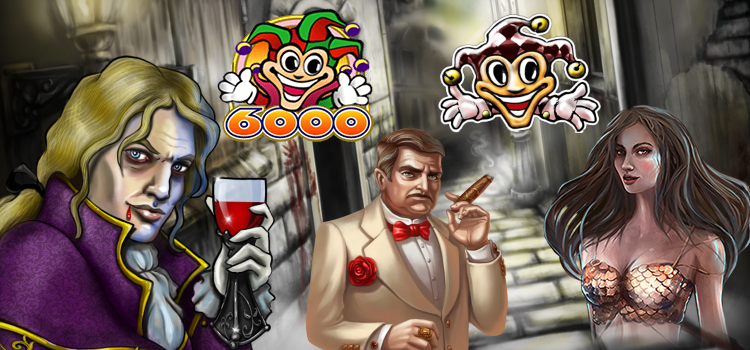
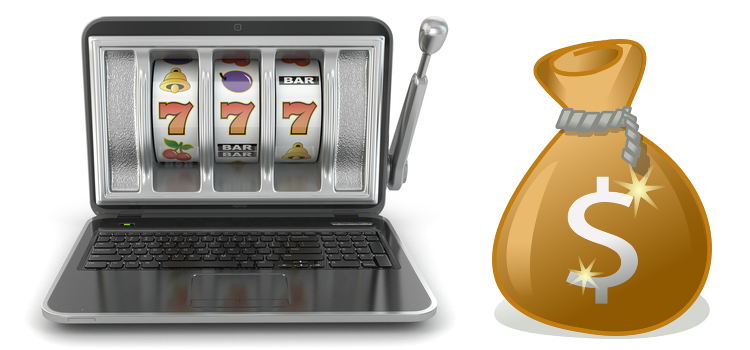

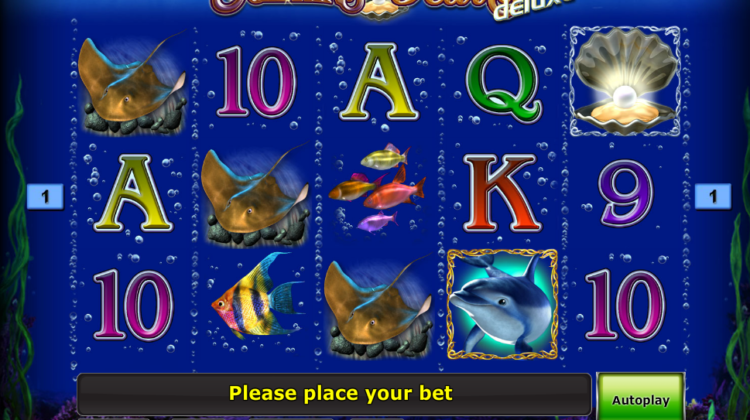


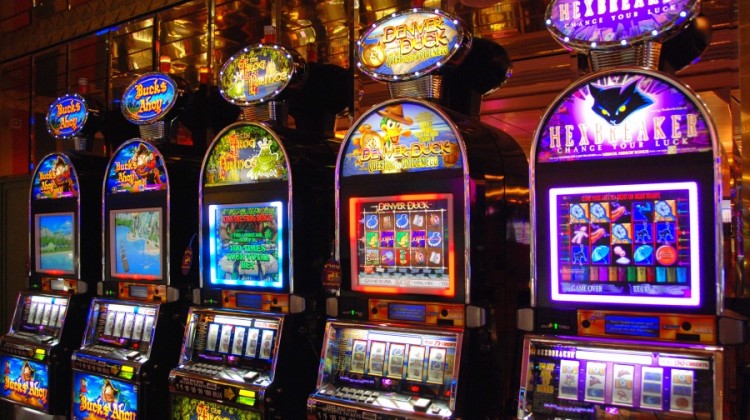
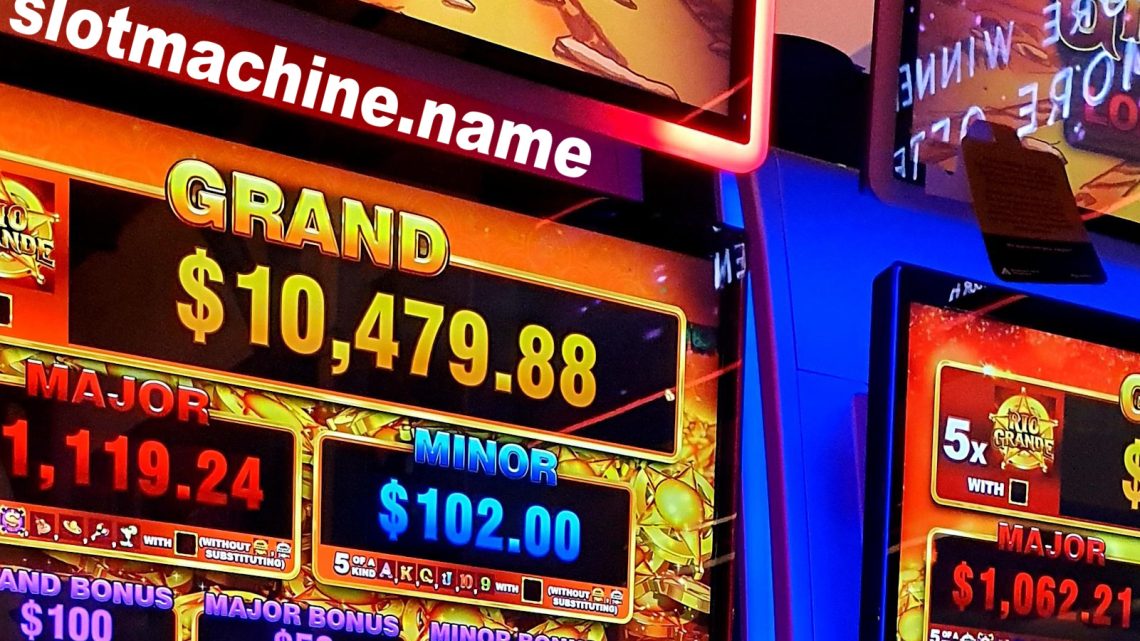
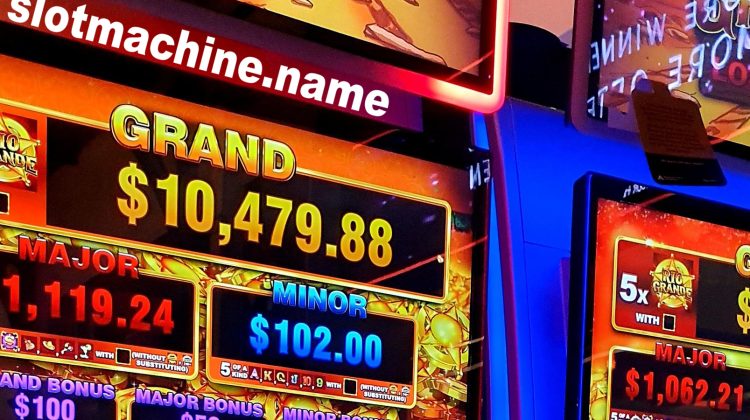
No Comment